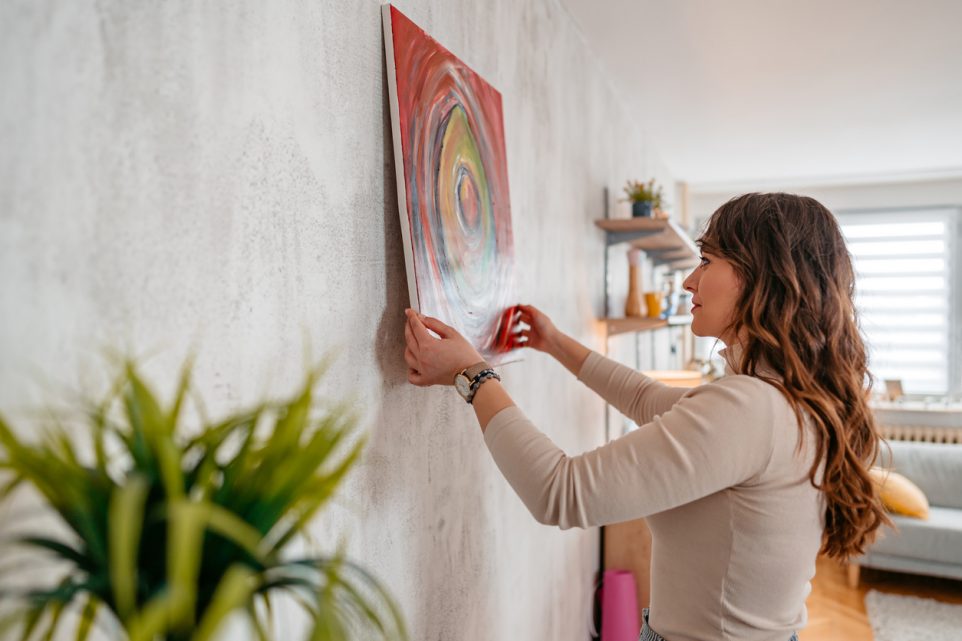Should I Hang My Picture Frame on a Stud?

Decorating your home with picture frames is an excellent way to add personality and warmth to your space. Whether you’re displaying cherished family photos, stunning works of art, or decorative mirrors, choosing the right spot to hang them is crucial.
But there’s a common dilemma that many face when hanging picture frames: when should you hang a frame on a stud, and when can you use alternative methods like wall anchors or adhesive hooks? In this guide, we’ll explore the factors to consider when deciding whether or not to hang a picture frame on a stud.
What Is a Stud?
In the context of wall construction, studs are vertical wooden or metal beams that provide structural support for the wall and distribute the weight of the building down to the foundation. They’re typically spaced at regular intervals behind your walls, usually 16 or 24 inches apart.
Why You Should Hang Picture on a Stud
How to Find and Mount on a Stud
If you’ve determined that hanging your picture frame on a stud is the best option, here’s how to do it:
- Locate the stud: You can use a stud finder to locate the position of the studs on your wall. Once you’ve found a stud, mark its edges with a pencil.
- Measure and mark: Measure the desired height for your frame from the floor or another reference point and mark it on the wall.
- Align hardware: Align the frame’s mounting hardware with the marked height on the wall. Ensure that the hardware corresponds to the location of the stud.
- Drive screws: Using a screwdriver set or drill, drive screws through the frame’s mounting hardware and into the stud. Be sure to use the appropriate screw length and type for your frame and wall material.
- Level and secure: Use a level to ensure that you hang the frame straight and then secure it in place.
Alternative Hanging Methods
If you’ve decided not to hang your picture frame on a stud, consider these alternative methods:
- Wall anchors: Wall anchors are suitable for drywall and plaster walls. They distribute weight across a larger area and can support moderate frame weights.
- Adhesive hooks: These hooks are ideal for lightweight frames and are easy to install without tools. However, they are less suitable for heavier frames.
- French cleats: A French cleat system consists of two interlocking brackets that stabilize heavy frames, mirrors, or artwork. One bracket attaches to the wall, while the other attaches to the frame.
- Wire hangers: You can hang frames with a wire hanger using a single wall anchor or adhesive hook. Ensure the anchor or hook can support the frame’s weight.
Conclusion
Hanging picture frames can be both a functional and aesthetic endeavor. Understanding when to hang a frame on a stud and when to use alternative methods is essential for preserving the integrity of your walls and ensuring that your artwork or photographs remain securely displayed.
By considering factors such as frame weight, wall material, and location, you can make informed decisions that enhance the visual appeal of your living space while maintaining structural integrity. Whether you choose to hang on a stud or use alternative methods, your framed treasures will find their perfect spot in your home.